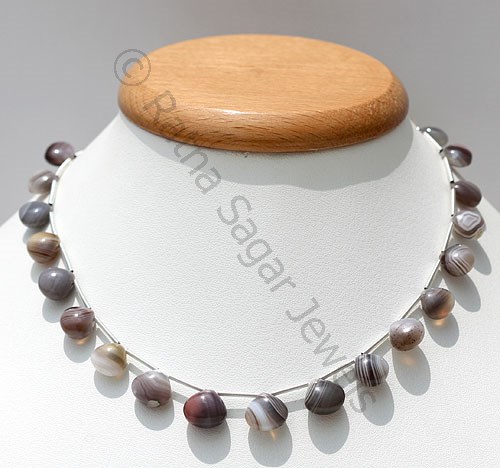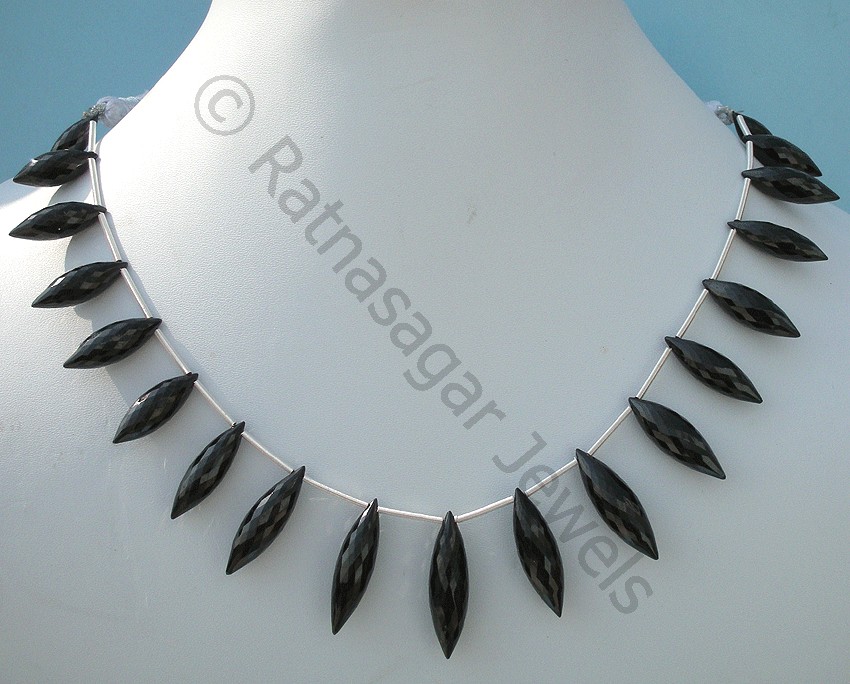The art of cutting gemstones is as old as fashion itself. While most gemstone owners in the past preferred to keep the original, natural contour of the stone. However, a chip made strategically, resembling a geometric shape turns the stone into a brilliant, glittering item that can be adorned around the neck, arms, wrist, and ankles or on clothes. Faceting is one of the cutting techniques employed to extract maximum commercial value out of the gemstone. There are many confusions and misleading aspects associated with faceting of the gemstones.
Let us clear 5 of the most misleading “facts” related to the gemstones available in the market.
1. Faceting is possible only for hard gemstones:
It is indeed true that hard gemstones are faceted in some way or the other. Diamonds, emeralds, rubies, and sapphires are carved to induce clear brilliance and clarity. However, softer gemstones like agate are also faceted in a similar way hard stones are done. Agate gemstones have a hardness of 5.0 on Mohs scale, and when they can be faceted, other gemstones can be cut in a similar way as well.

2. Faceting is exhibited by the only gemstone:
Absolutely untrue, faceting can be done on any compound that has a solid, defined crystalline structure. Rock salt, sand grains, and glass can also be given a facet. In fact, they showcase a natural facet, which makes them sparkle when exposed to light.
However, natural gemstones may not exhibit brilliance in the beginning. That’s why they are cleaved or cut in such a way that they display brilliance.
3. Facet angles can change for different gemstones:
Faceting is done by cutting the gemstone at a certain angle depending on its “critical angle”.
What is the critical angle for a gemstone? Well, it is the smallest angle of the refractive surface that will reflect the light back into the gem. If the light hits the refractive surface at an angle lower than the critical angle, it will not produce a good brilliance.
Thus faceting angles remain more or less constant for every gemstone, like diamonds, emeralds, rubies, and sapphires.
4. Cutting facets is limited to transparent or translucent gemstones:
This is another misleading statement that is true only partially. Not all transparent gemstones can be given a faceted cut. However, some opaque gemstones like black spinel and gray diamond are common examples that can be faceted.

Faceted transparent gemstones, undoubtedly, attract more price, and that’s why it is a common myth among gemstone dealers that opaque gemstones can’t be faceted.
5. Faceting is wastage of gem surface:
Faceting involves removal of unwanted planes and angles. It is done only when the gemstone brilliance is not at par with the required standards of clarity, color, and brilliance.
While it indeed involves removal of material, the per-carat rate of a faceted, a brilliant gemstone is always higher than the uncut, raw gems. Diamond-cut, Princess-cut, and Round-cut or Brilliant cut are common faceting samples done on various gemstones like diamond, emeralds, sapphires, agate and rubies.
Save
0c6d3713-f870-4175-8bd9-b9b6f75e7605|0|.0|27604f05-86ad-47ef-9e05-950bb762570c
Tags
: Emeralds Gemstones . Sapphire Gemstone Beads . Agate gemstones . black spinel gemstones